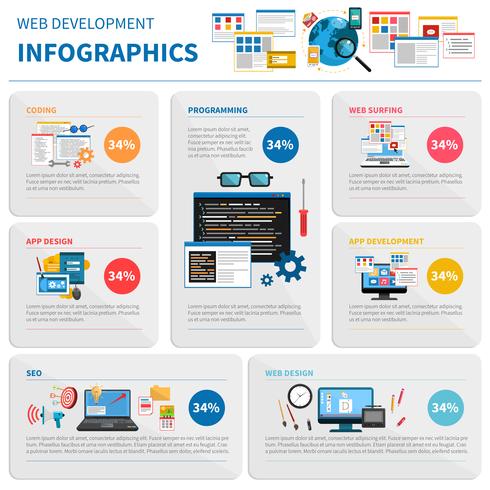The Development Of Internet Site Style: From Earlier Times To Now
The Development Of Internet Site Style: From Earlier Times To Now
Blog Article
Write-Up Developed By-Kahn Lunde
In the past, web sites were straightforward and focused on information. Navigating was straight, and design was for desktops. Currently, individual experience is vital. Data overviews layouts for simple navigation. Receptive designs match various devices. Today, dark setting minimizes pressure, and minimal menus improve navigation. Interactive features involve users, and strong visuals stick out. AI assimilation enhances interaction. See how design has developed to improve your on the internet journey.
Very Early Days of Website Design
In the early days of website design, simplicity preponderated. Websites were standard, with minimal colors, font styles, and formats. The emphasis got on giving details as opposed to flashy visuals. Users accessed the web via sluggish dial-up links, so speed and functionality were vital.
Navigation menus were straightforward, normally situated at the top or side of the web page. Web sites were designed for desktop, as mobile browsing had not been yet prevalent. Web content was king, and developers focused on simple readability over intricate design elements.
website redesign cost was the key coding language made use of, and designers had to function within its restrictions. Animations and interactive features were minimal compared to today's requirements. Internet sites were static, with little vibrant material or customized individual experiences.
Rise of User-Focused Style
With the evolution of web site design, a shift towards user-focused style principles has become increasingly popular. Today, producing web sites that focus on customer experience is critical for involving visitors and accomplishing business goals. User-focused layout includes comprehending the needs, preferences, and actions of your target market to tailor the web site's layout, web content, and features accordingly.
Designers now conduct extensive research study, such as user surveys and use screening, to gather insights and feedback directly from customers. This data-driven approach aids in producing instinctive navigation, clear calls-to-action, and visually enticing user interfaces that reverberate with site visitors. By positioning the individual at the facility of the layout process, internet sites can deliver a much more tailored and pleasurable experience.
Receptive style has also become an essential aspect of user-focused design, making sure that internet sites are maximized for various tools and screen dimensions. This adaptability improves availability and usability, satisfying the varied ways individuals connect with websites today. Essentially, online marketing search engine optimization of user-focused style represents a change towards developing electronic experiences that focus on the demands and assumptions of the end customer.
Modern Trends in Website Design
Discover the latest patterns forming web design today. One famous trend is dark setting style, supplying a streamlined and contemporary appearance while decreasing eye pressure in low-light settings. An additional essential trend is minimal navigation, simplifying menus and enhancing customer experience by focusing on essential elements. Incorporating go now -interactions, such as computer animated switches or scrolling impacts, can develop an extra interesting and interactive web site. Receptive design continues to be crucial, guaranteeing smooth user experiences throughout different tools. Furthermore, making use of vibrant typography and asymmetrical designs can add visual passion and draw attention to certain material.
Integrating AI technology, like chatbots for customer support or personalized recommendations, improves user involvement and streamlines procedures. Accessibility has likewise become a significant trend, with designers focusing on inclusive style methods to cater to diverse user demands. Embracing sustainability by maximizing site efficiency for speed and efficiency is another emerging fad in web design. Teaming up with customer feedback and information analytics to iterate and enhance design continually is crucial for staying pertinent in the ever-evolving electronic landscape. By accepting these modern patterns, you can create a visually attractive, straightforward internet site that resonates with your target market.
Conclusion
As you review the advancement of internet site layout from the very early days to currently, you can see exactly how user-focused design has actually ended up being the driving force behind contemporary trends.
Accept find a website designer of modification and adjustment in web design, constantly maintaining the customer experience at the center.
Keep existing with the most up to date fads and innovations, and never stop developing your strategy to produce aesthetically spectacular and easy to use websites.
Develop, adapt, and produce - the future of website design is in your hands.
